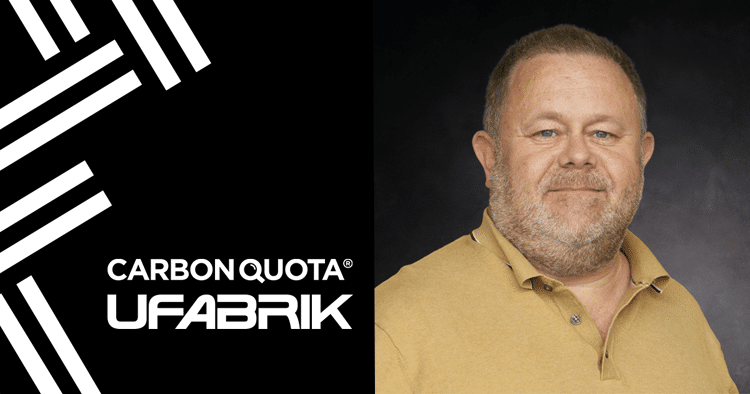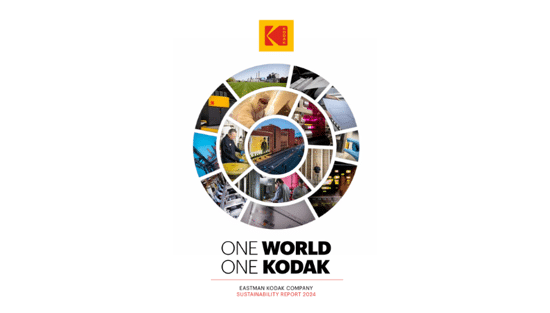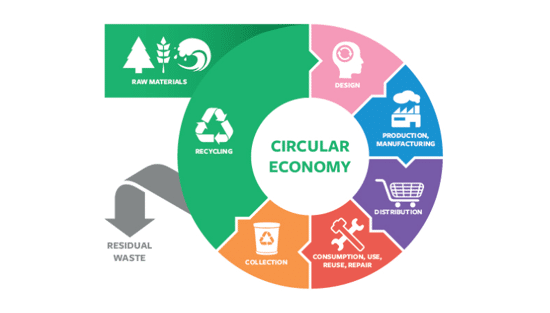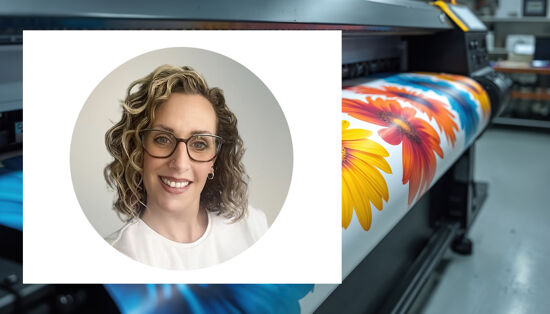A revised look at sustainability in wide format print

Sustainability is crucial for wide-format print, moving beyond marketing to an imperative driven by brands and regulations. Common "eco" claims often mask complexities; true sustainability demands carbon reduction as a core principle. Life Cycle Assessment (LCA) offers data-driven insights for genuine environmental improvement, as demonstrated by UFABRIK's transparent approach.
Sustainability is crucial for wide-format print, moving beyond marketing to an imperative driven by brands and regulations. Common "eco" claims often mask complexities; true sustainability demands carbon reduction as a core principle. Life Cycle Assessment (LCA) offers data-driven insights for genuine environmental improvement, as demonstrated by UFABRIK's transparent approach.
Sustainability is no longer an add-on issue in wide-format printing and has become an imperative for businesses. Brands expect it, regulations are increasingly demanding it, and our children’s children and planet Earth need it.
In the space between marketing lip service and good intentions, sustainability in print is still riddled with myths, half-truths, and greenwashing. It's time to look between the smoke and mirrors and examine what makes materials sustainable and why carbon reduction should be our guiding principle.
Here are some common misconceptions:
Recycling is enough
While recycling is important, it’s not the panacea that many of us believe it to be. Most wide-format materials, especially those made with PVC, aren't easily recyclable as inks and adhesives contaminate them or lack a unified and cohesive infrastructure for proper recycling processing. It’s a case of prevention rather than cure here, looking at reducing impact as the source through better material choices, lower energy consumption, and better logistics
Not all eco-materials are equal
The term eco-friendly is used frequently and thoughtlessly. Some products labelled as sustainable still have harmful chemicals, are difficult to dispose of, and offer no absolute transparency regarding manufacturing. At UFABRIK, we’re trying to change the discourse and genuinely move towards meaningful transformation. Sustainability should be about measurable performance across the full material lifecycle rather than a catchy marketing slogan.
Carbon offsetting is king
Carbon offsetting is useful, but it comes after the event. Rather than making reparation after the fact, the aim must be to reduce them in the first place. That means focusing on low-impact manufacturing, efficient logistics, and materials that can be reused or have responsible and easy end-of-life disposal.
So why is Carbon reduction important?
Carbon dioxide equivalent (CO2e) is the standard currency used to measure and manage the environmental impact of all products, materials, and supply chains across all industries.
CO2e captures the total greenhouse gas emissions throughout a product’s life cycle. By managing their carbon, businesses can trace, reduce, and report their carbon accurately. This allows them to meet sustainability targets and improve efficiency while aligning with evolving regulations and customer demand.
In the wide-format printing industry – carbon is prevalent at every step in the supply chain, from the raw materials and manufacturing to transportation, installation, usage, and disposal. Each stage has its own set of responsibilities and liabilities, all of which can be incrementally improved.
PVC-free UFABRIK is known for its material consistency and generates far less waste when printing. It is also lightweight, which means it is easier to handle and reduces transportation. Building on this, its unique consignment service consolidates orders into fewer deliveries. It is sustainability initiatives like this that we are committing to measure and keep improving upon.
Life Cycle Assessment (LCA)
For the industry to toughen up around sustainability, t is important to standardise the approach to make valid claims, which is where Life Cycle Assessment (LCA) comes in.
LCA is a scientific method used to evaluate a product's environment impact across its lifespan, from raw material extraction to disposal. It provides the data to identify carbon hot spots, compare alternatives, and guide eco-design improvements. While traditional processes can be time-consuming, automated systems now offer accurate, product-level insights that empower better decisions, reduce emissions, and support companies in effectively meeting sustainability targets and regulatory requirements.
UFABRIK journey
UFABRIK has engaged CarbonQuota's consultative services to support its commitment to best practice, transparency, and incremental improvements in its continual sustainability story.
UFABRIK is building a foundation of credibility, using LCA methodology to develop products that balance performance and environmental responsibility. By working with CarbonQuota, UFABRIK will open itself to scrutiny and, by doing so, progress the wide-format digital printing industry forward.
The time has come to stop discussing sustainability in the abstract. It needs to be proven in manufacture, processes, products, and usage. That begins by embracing the tools and cutting-edge information available today to help businesses like UFABRIK build a range that leads the charge on all future demands and legislation.
Recent news

Kodak's 2024 Sustainability Report: A Commitment to a Greener Future
Kodak's 2024 Sustainability Report, "One World, One Kodak," demonstrates a strong commitment to environmental and social responsibility. The report highlights impressive reductions in greenhouse gas emissions (56%) and water withdrawal (31%) and aims for zero waste by 2025. Notably, Kodak is pioneering double materiality assessment in the printing industry, aligning sustainability with financial reporting, and showcasing its products' environmental benefits.

How can printers lower costs on energy usage?
Clare Taylor outlines simple steps for businesses to achieve energy sustainability, focusing on cost savings and staff comfort. It emphasises starting with measuring energy consumption to identify key areas for improvement. Subsequent steps involve managing energy use through behavioral changes and low-cost interventions, like optimizing cooling settings and ensuring equipment is switched off when not needed.

The European Union's circular economy plan
Printing companies must understand the EU's Circular Economy Action Plan (CEAP), part of the European Green Deal. These initiatives drive sustainability, impacting businesses globally, even if not EU-based, through customer requirements. Printers need to be aware of reporting and sustainability expectations to manage risks and retain clients.

Empowering the Print Community – Insights from Suzi Ward, MD of FESPA UK
In this podcast episode, Debbie McKeegan interviews Suzi Ward, the Managing Director of Fespa UK, discussing the evolution of the association, its role in supporting the print industry, and the importance of community engagement.